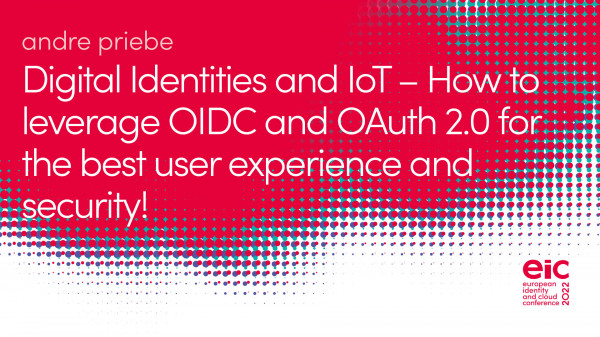
Living in a hyperconnected world where we can change color of the product we ordered until a moment before it dives into the color bath requires manufacturers to open their Operational Technology (OT) to the internet and expose it more than ever to cyber attacks. If machines, production lines or heating and cooling systems become targets, the potential damage can be existential.
As the way we look at cybersecurity within our IT world is very different to the requirements within the OT world, an integrated IT/OT Security Strategy has to combine traditional and sometimes legacy approaches with future oriented, often AI-driven solutions to secure humans, things, processes and supply chains throughout the whole techhnology stack.
In this session, we will create a blueprint of topics you will need to take care about to secure your hyperconnected enterprise.
